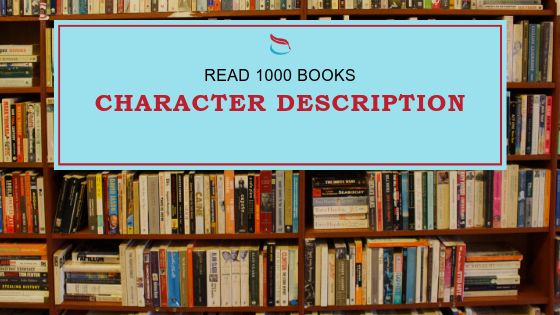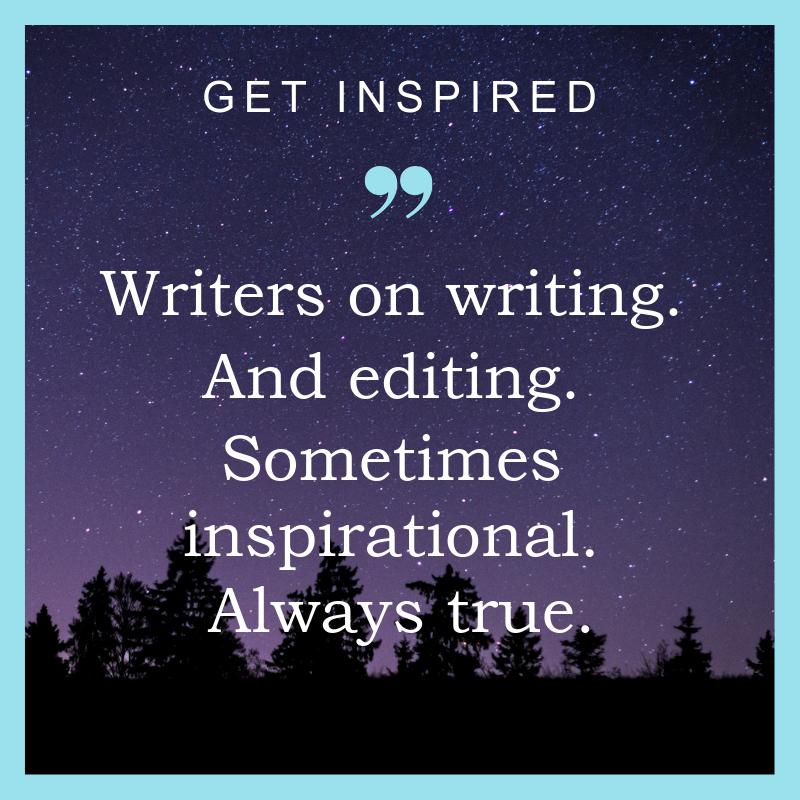|
Every character needs a description, but how do you include that description without stopping the story's flow? How do you include it without creating a situation that feels contrived? How often should you describe your characters? Read Beguilement by Lois McMaster Bujold and learn description techniques from a master. To describe or not to describeShould you describe your characters at all? Some writers believe that offering too much (or any) description of the main character distances readers from the story because then readers cannot simply picture themselves as the protagonist. Some writers want to control their world and characters and therefore want to describe those characters so completely they cannot be confused with anyone else. Ever. Either of these choices is reasonable (altho the second can easily become tedious). These choices are style issues: some readers want a lot of character description while others don't. You get to pick what you want to do. Repeat, repeat, repeatIf you decide to describe your characters, you must repeat that description throughout your story. Not as a solid block, but with key words placed strategically here and there to remind readers who they are reading about. Readers need these reminders because, while some will sit down to devour a book, most have to set it down to eat, sleep, do homework/laundry, go to school/work, and they will forget what the characters look like during their time away from the book. (Or worse, if they are like me and have two or three books going at once, a lack of description can make it harder to keep the separate story lines straight.) BEGUILEMENT and Fawn BluefieldBujold had some 14 published books under her belt before she wrote Beguilement, the first book in the Sharing Knife series, so she knows a thing or two about writing. She has a clear idea of what her characters look like and keeps offering up reminders for the reader. Fawn Bluefield, the book’s female protagonist, is described as short, with pale skin, dark curly hair, and big brown eyes. All those descriptions are offered up, again and again, in different ways and from different viewpoints. Character ThoughtsFrom Fawn’s point of view, we learn her appearance through her thoughts (and note the page numbers, to see how often the simple description of being short, or having curly hair, is repeated, and how late into the book it appears):
Character ActionsWe are also reminded of Fawn’s appearance through her actions:
Other Characters' ThoughtsWe see Fawn’s appearance through the eyes and actions of others, most often from Dag, a Lakewalker patroller who is essentially a foreigner in Fawn’s lands. Note again that these descriptions are consistent, and appear even very late in the book.
ComparisonsA good way to continue reminding readers of a character's description is to compare one character to another. With living characters, you can provide info about both characters with the description. With dead characters, you can give us description without being too contrived: She looked in the mirror and noticed her face now looked like her mother's. No wonder her father turned away from her. Note that this technique is almost common enough to be a cliché, or at least a trope (at least in the fantasy I've read), but it can be useful, especially if the comparison between two characters helps explain the relationship between two other characters.
Why did I read this book?Uh, ‘cause I just loves me some Bujold? Seriously, Lois McMaster Bujold is, like, my favorite author EVER and I reread her stuff with surprising regularity. Now to be honest, this isn’t my favorite Bujold book, and the first time I read it, I really didn’t enjoy it. I was reading it with the YA rules for new authors in mind: all first books in a series must satisfyingly end before the second book can start. This one doesn’t do that. It just stops, rather like the first part of a four-part book than a complete story in itself. When I read it a second time, as the first part, I liked it much, much better (tho the third book in the series is, in fact, my favorite). I started reading the series again because I wanted something familiar and comfortable. I had a sinus infection when I started re-reading these books and I just didn’t want to struggle with a new author/story while struggling with massive headaches. (Whine, sniffle, whine.) Beguilement, by Lois McMaster Bujold. Book 5/1000. About 1000 BooksReading widely changes your writing. For the better. Many published writers credit their success to having read voraciously, both in and out of their chosen genres. But most people don't read like editors; they read for enjoyment, not to learn a new writing technique. I read for a zillion reasons, and one IS to learn writing and story-telling techniques. Occasionally, I'll write about what I learn and share it with you here. Read 1000 books. Then write one.
1 Comment
1/20/2019 03:39:19 am
II like when a writer can manage to remind us without hitting us over the head with descriptions. I've read a few (and edited a few) books where I'm like, for goodness' sake, okay! He has green eyes! Emerald eyes! Glistening emerald eyes! Sparkling green eyes . . . you get the picture.
Reply
Leave a Reply. |
About ValI read, and then I tell you about what I've read. Whether you want to hear about it or not... Categories
All
Archives
July 2019
|



 RSS Feed
RSS Feed
